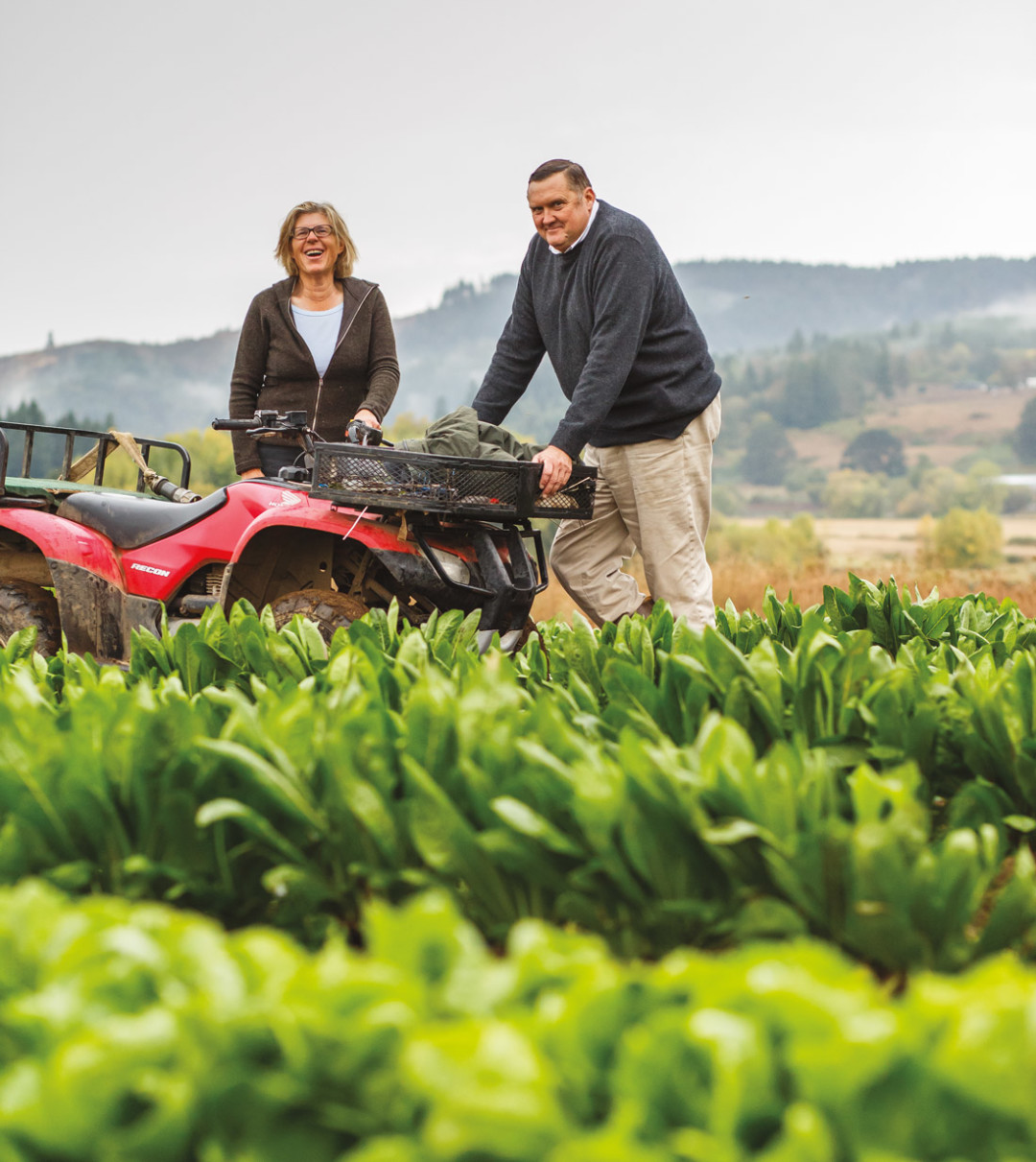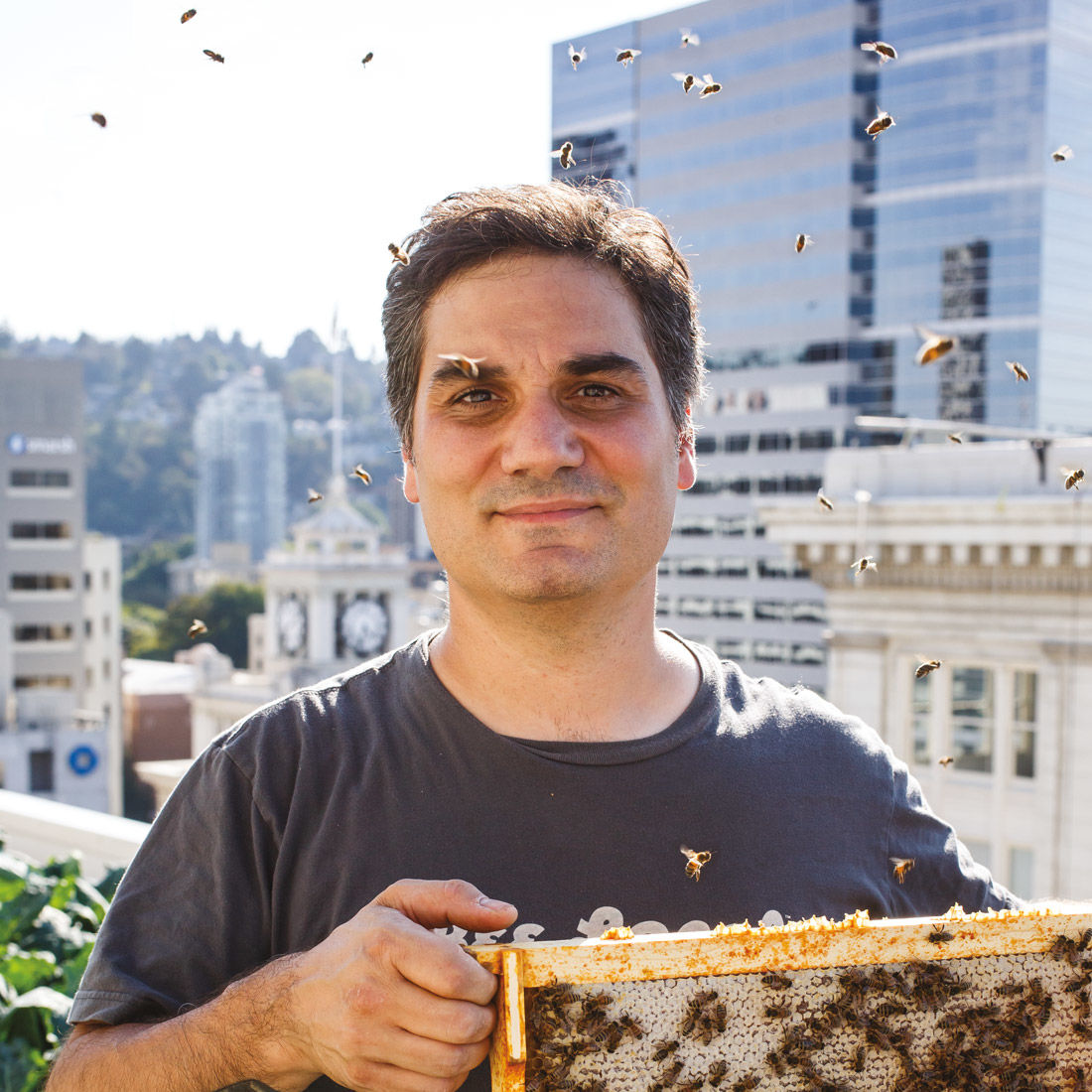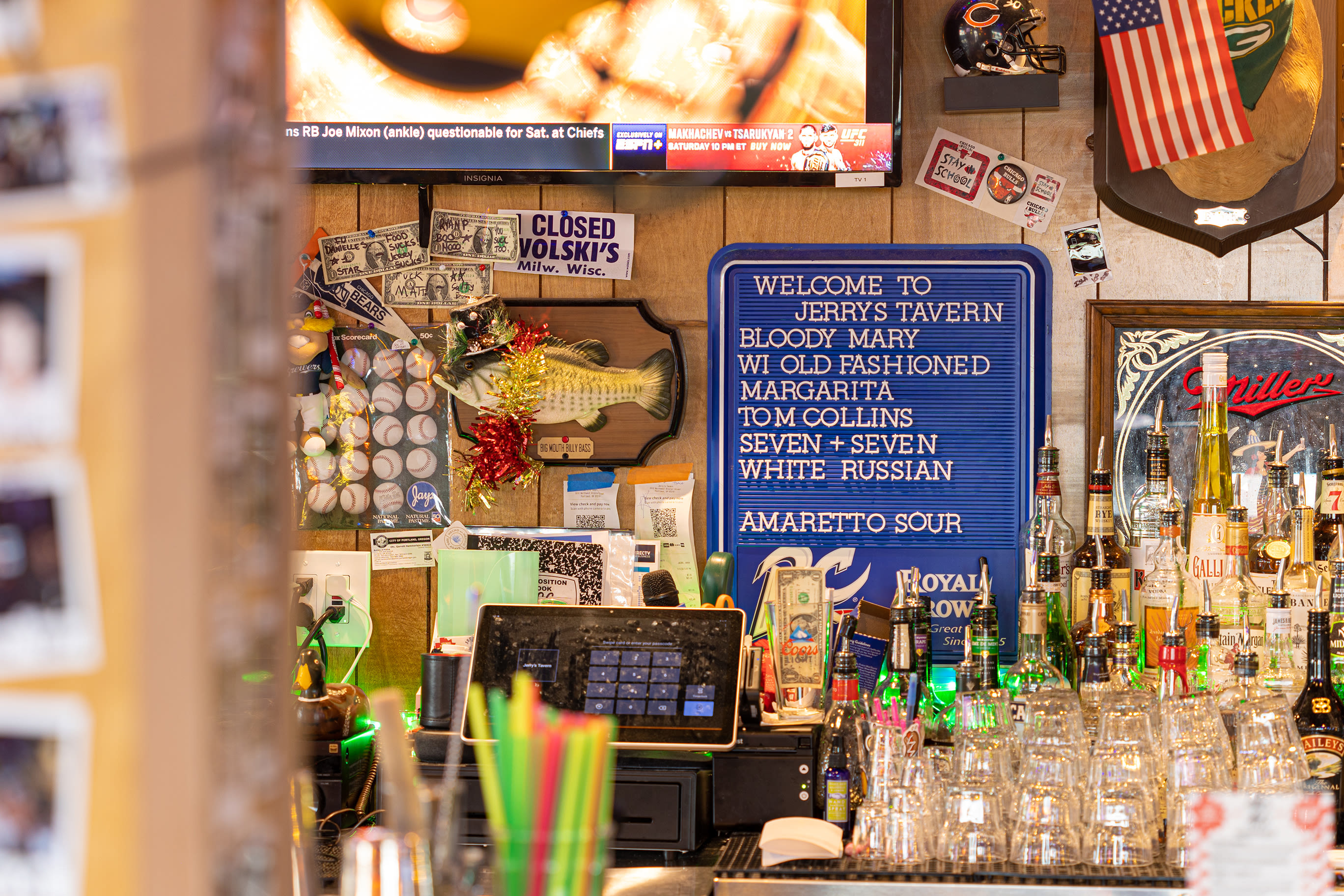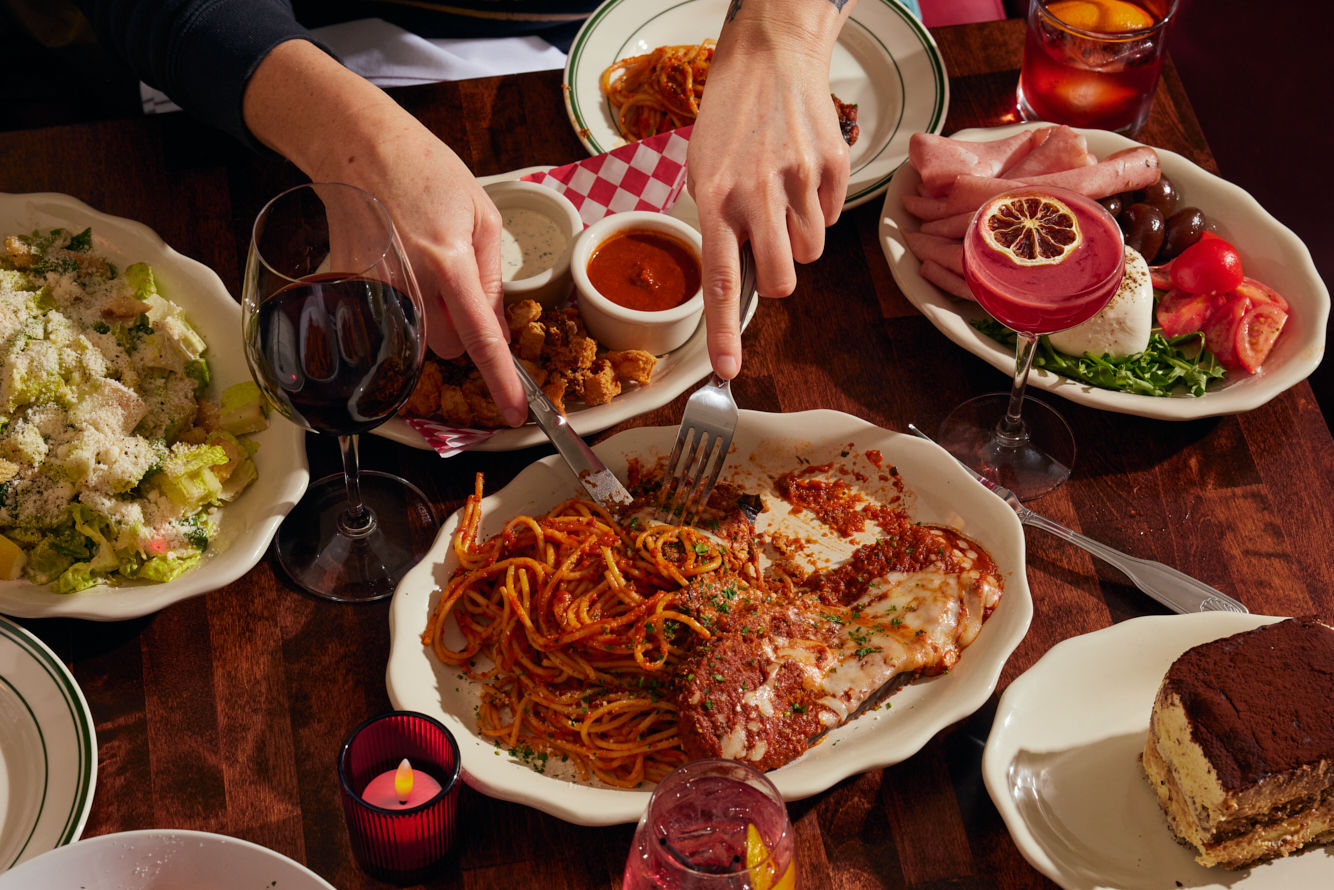How Ayers Creek Farm Creates Tomorrow's Heirloom Ingredients

Image: Stuart Mullenberg
Ayers Creek Farm
Gaston, Oregon
Anthony and Carol Boutard don’t grow novelty crops; they plant dynasties. Each year, the couple patiently picks through the seeds of their bounty to find the tastes that will vault the next generation of Amish Butter corn or Dutch Bullet beans to new heights. They’ve been refining their now-coveted Astiana tomato—a lumpy, acidic fruit tailor-made for cooking—for eight years. The pair’s devotion to their organic charges yields intense relationships with local chefs, including Ava Gene’s Josh McFadden (see recipe below), who took his entire staff on a field trip to the Boutards’ 144-acre farm outside Gaston. “Some folks grow for abundant yields, ease of harvest, or uniformity,” says Greg Higgins, one of the founding parents of Portland’s ruling farm-to-table ethos. “But the Boutards are focused on flavor first.” A dusty tromp through the farm’s fields with Anthony reveals his passion. He meanders from treatises on the virtue of two decades of pole bean experimentation to love notes to his horseradish (“Bohemian parmesan”), black soy (cures hangovers), and Price grapes. “When Carol and I grow something, we’re 100 percent confident in it,” he says, proudly. “If there’s any hesitation, we’ll plow it underground.”
Ava Gene’s Borlotti Bean, Garlic and Rosemary Pane (Serves 4)
Ava Gene’s chef Josh McFadden writes: “When you have great beans and the beans are cooked right, this is a perfect dish. You will win hearts, melt minds, and have a go-to favorite for yourself and for every dinner party you have. Our Ava Gene’s version is so good because we make it with Ayers Creek borlotti beans, grown by Anthony and Carol Boutard in Gaston, Oregon. Every year Anthony and Carol grow more and more and we buy them all.”
- 3 cups cooked borlotti beans, with some bean cooking liquid or water*
- 4 thick slices of delicious country bread
- 2 garlic cloves
- 1 tablespoon very roughly chopped rosemary leaves
- ½ cup extra-virgin olive oil (separated)
- Kosher salt
- Freshly ground black pepper
- Dried chile flake
- Slice one of the garlic cloves as thin as you can and put into a small saucepan. Cut the other garlic clove in half and set aside.
- Pour about ¼ cup olive oil into the pan with the sliced garlic, and add the rosemary, a pinch of chile flake, and a pinch of salt. Warm gently over low heat until fragrant, then set aside for about 15 minutes so the flavors infuse the oil. Whatever you do, don’t overheat to the point where the garlic browns.
- Put 2 cups of the beans into a food processor and purée them. Once they’re relatively smooth, drizzle in a splash of the bean cooking liquid and the other ¼ cup olive oil. Check the consistency and add more cooking liquid or oil to make a smooth, thick but spreadable purée—stiff enough to hold the marks of your spoon, but not thick like refried beans. Taste and add salt, pepper, or chile if needed.
- Toast, broil, or grill bread so that it’s lightly browned but still chewy inside. Rub each slice with the cut side of a garlic half.
- Spread the purée thickly all over each piece of toast, like you’re frosting a cupcake. Put the toasts on a plate and then spoon over the remaining whole beans and drizzle with the infused oil and some of the bits in it. Serve right away.
*Perfect Cooked Beans (Makes 5 cups cooked beans and liquor—the flavorful cooking liquid)
McFadden write: “This method will guide you to perfectly cooked beans no matter what, as long as you pay attention. The thing with me and beans is obsessively watching them as they cook over low heat. You need to cook the beans right until the point that they are almost done, allowing carry-over cooking to bring them to the exact doneness as they cool. This way of cooking also helps the beans retain their shape, especially if you’re reheating or using them in another dish (like the borlotti pane, above). There is really nothing better than a perfectly cooked bowl of beans with good extra-virgin olive oil.”
- 2 cups dried beans
- 10 cups of water
- 1 big sprig of fresh rosemary
- 1 small dried red chile, whole
- 1 bay leaf
- 1 smashed garlic clove
- Kosher salt
- Place dried beans in a bowl or pot and cover them by a couple of inches with cool water. Soak them overnight on the counter. Drain and rinse; you should have about 4 cups worth of plumped beans now.
- Put the beans, rosemary, chile, bay leaf, garlic, and 1½ teaspoons salt in a large pot. It needs to be big enough for the beans to expand, so make sure there’s plenty of room. Add about 10 cups of water—the water should cover the beans by about an inch, so if it doesn’t, add more water.
- Bring everything just barely to a boil over high heat, and then immediately turn the heat down and adjust so that the beans are simmering merrily, but not actually boiling hard at all.
- Keep an eye on the beans as they cook over low heat, occasionally tasting them every once and a while. Cook the beans right until the point that they are almost done—anywhere from 30 minutes to 1½ hours. When they are almost cooked, remove from heat, and allow the residual heat in the pot to bring beans to the exact doneness as they cool. Remove rosemary sprig, chile, and bay leaf before using in a recipe.








